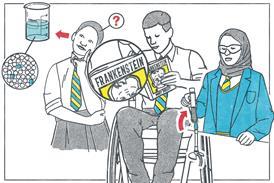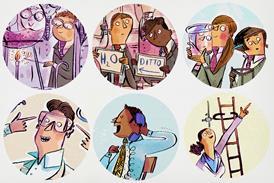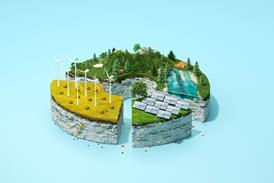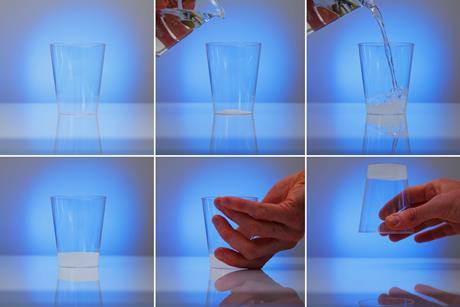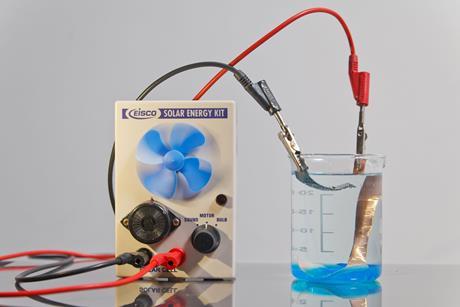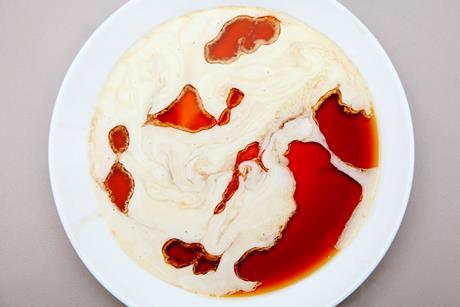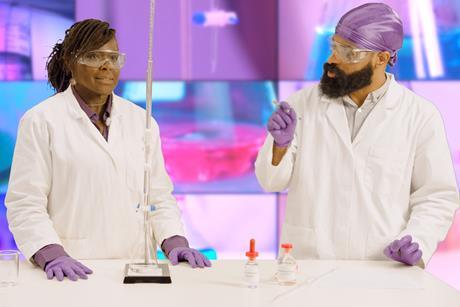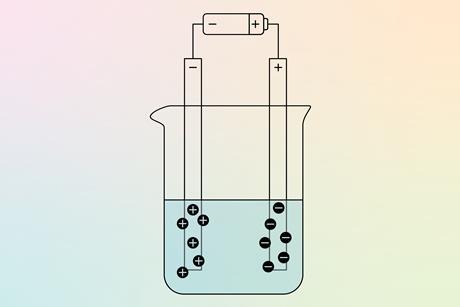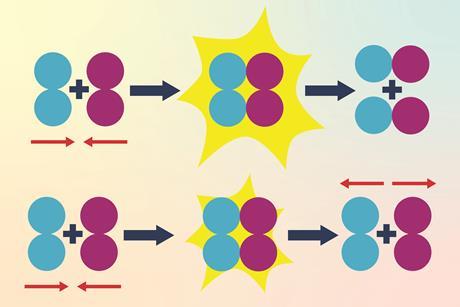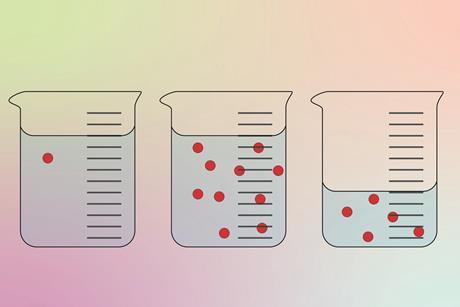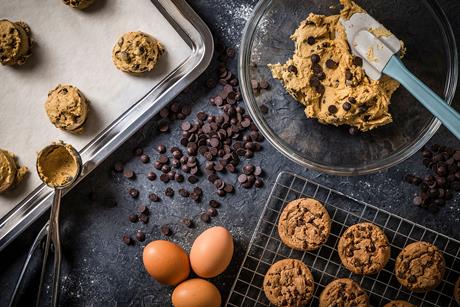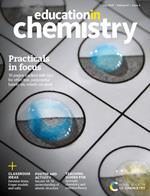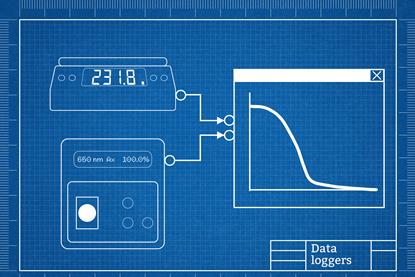Boiling without heating
Overcome common misconceptions about changes of state and vaporisation with water, a syringe and reduced pressure
Claim your free subscription
Get your free copy
Teach Chemistry members can sign up to receive their own free print copy of every issue of Education in Chemistry.
Register now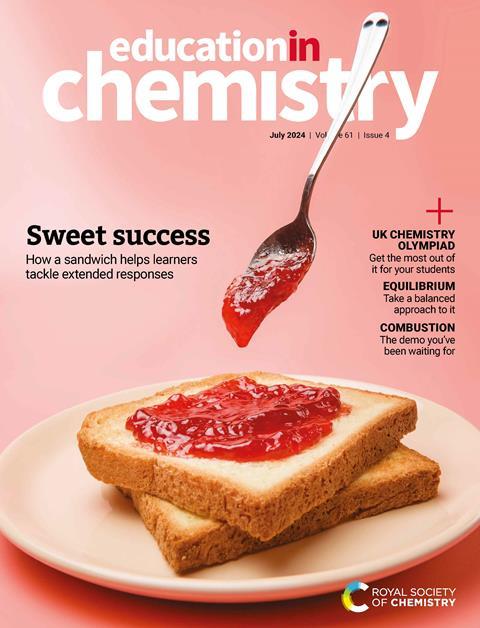


Improve engagement with cognitive interest cues
Unlock your students’ scientific curiosity with lesson starters that grab their attention
How to build an equilibrium simulation
Deepen your post-16 learners’ understanding of reversible chemical reactions while improving their IT skills
Get particular about particles
Be creative when demonstrating coarse, fine and nanoparticles – make a model
Boiling without heating
Evaporation, entropy and the Marangoni effect
Make water ‘disappear’ with a superabsorbent polymer
Demonstrate electrochemistry with a gravity cell
Experiment with surface tension and convection currents
- Previous
- Next
Creative exercises to connect concepts in organic chemistry
Learn how to use purposeful prompts to encourage students to make meaningful connections between newly learned and previously covered ideas
How making mistakes in practicals impacts student engagement
Understand how learners respond to and recover from different types of errors in the chemistry lab to improve student outcomes
Use students' drawings to understand their thinking
How to develop your recognition and interpretation skills to better evaluate learners’ chemical representations
Develop key scientific skills with practical videos
Enhance understanding, revise key content and inspire budding scientists with core practical videos for 14–16 learners
Foster deeper comprehension and engagement with oracy
It’s time to recognise speaking and listening as a cornerstone of learning science
Do you know your safety spectacles from your goggles?
Overcome any confusion and make the right decisions for safety in your school environment, advises Andrea from Isaac Science
